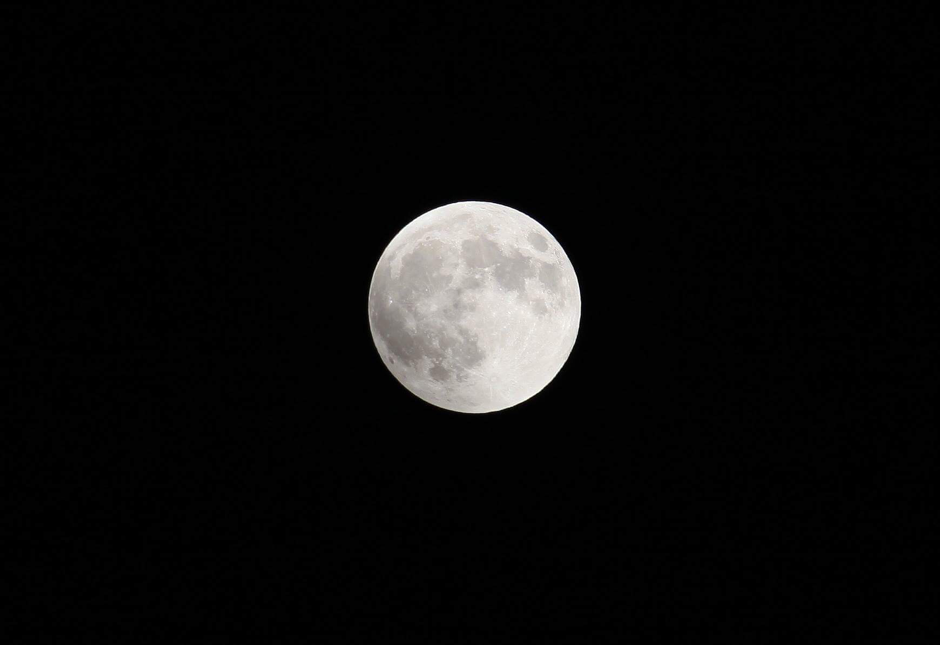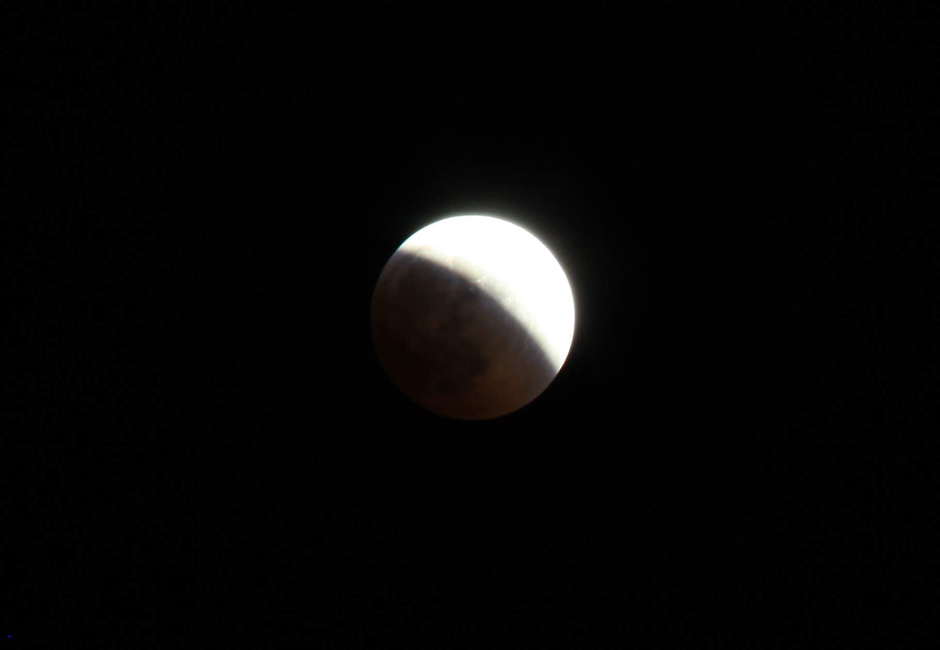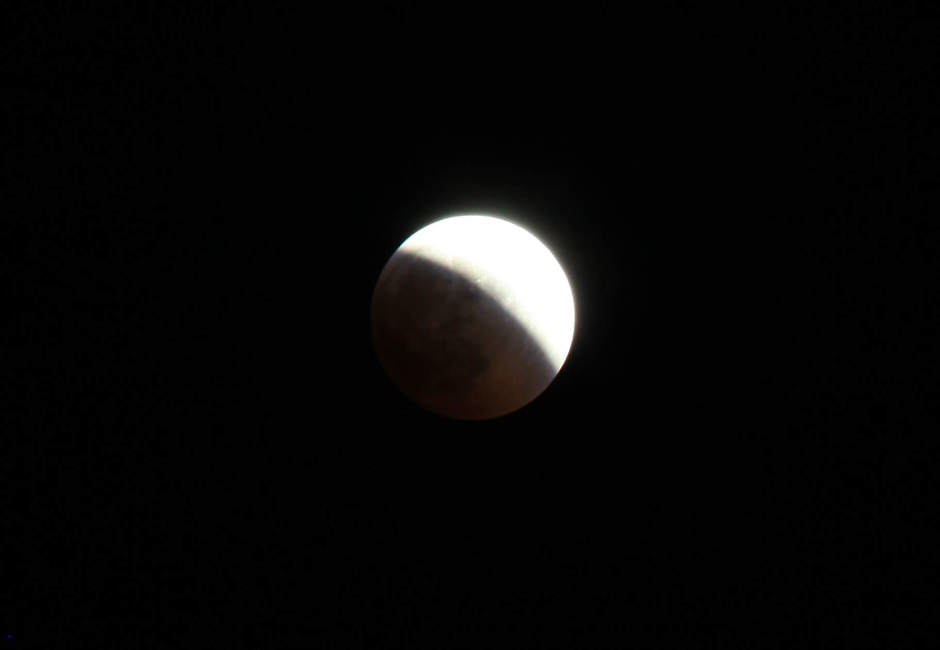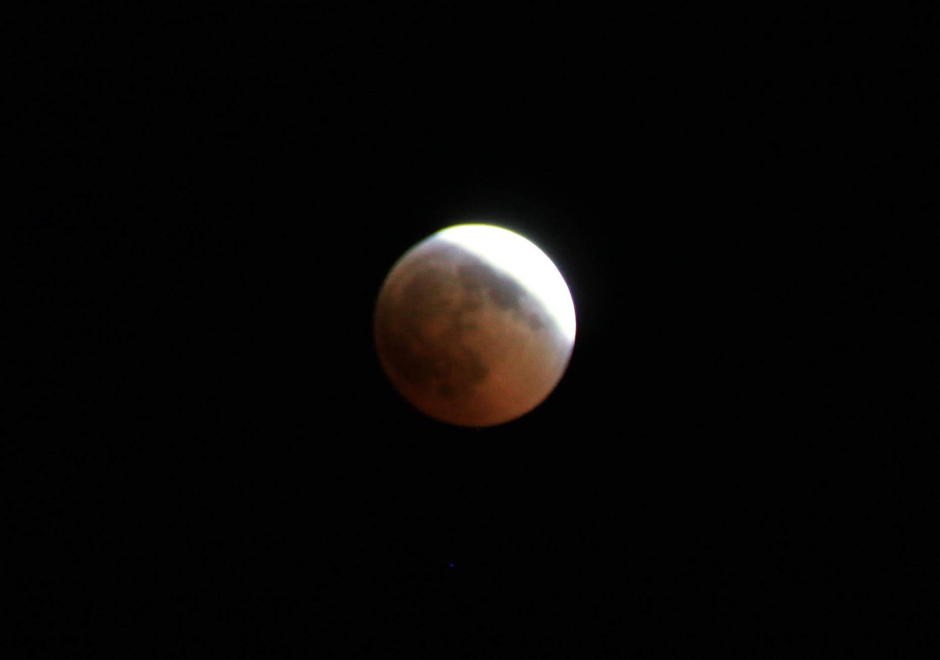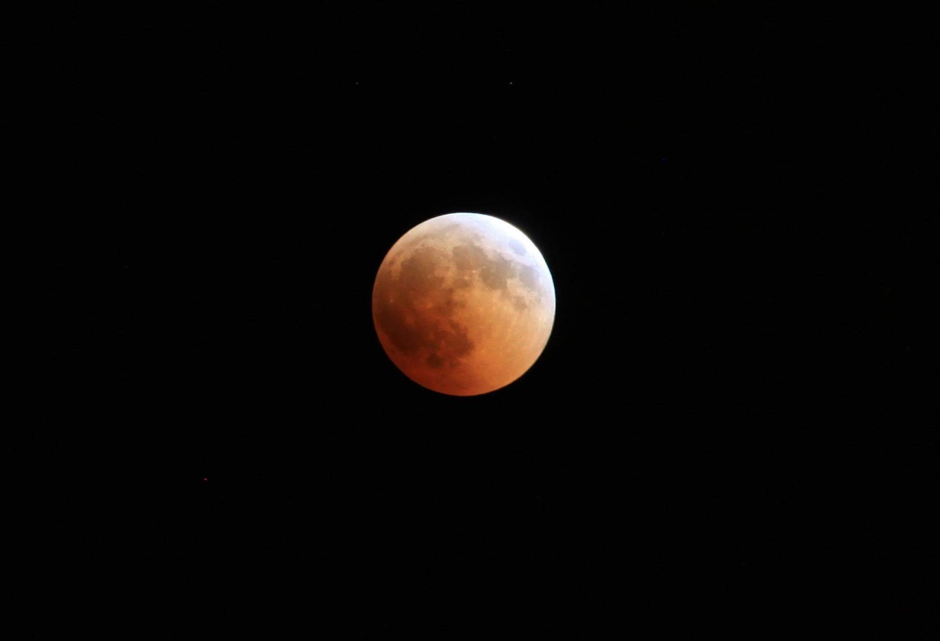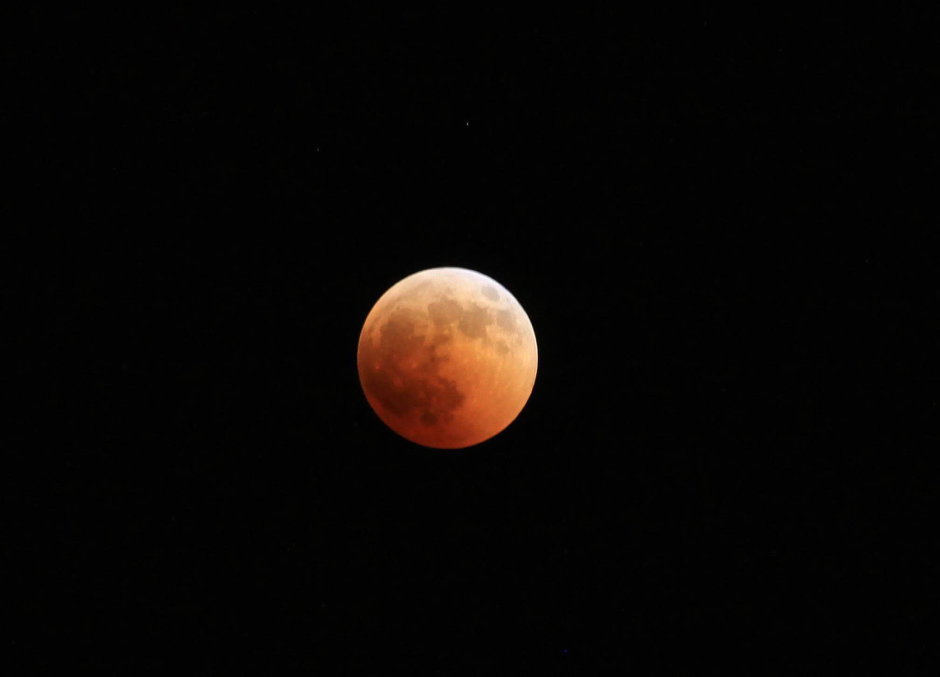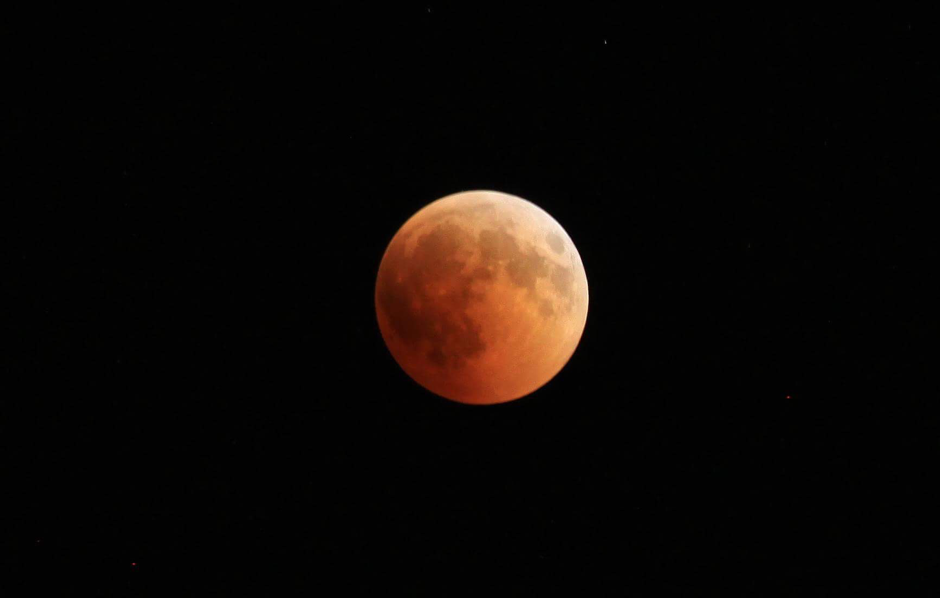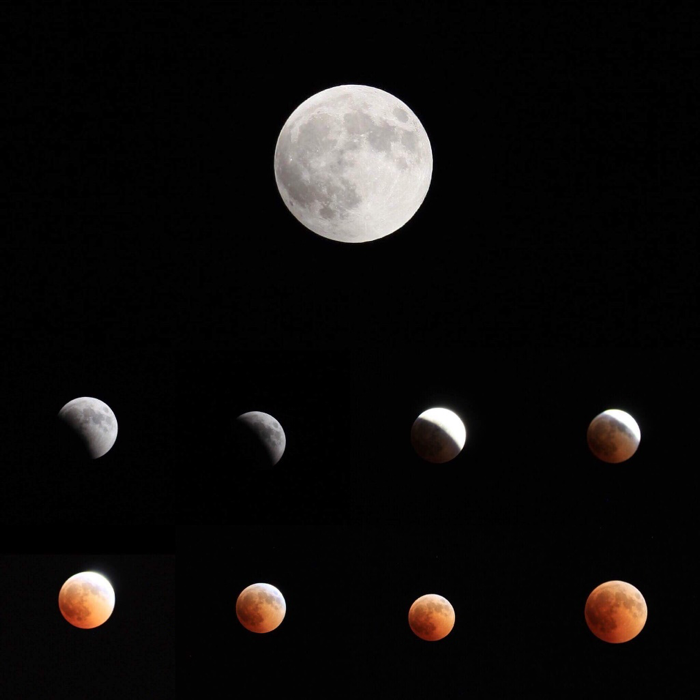THE LUNAR ECLIPSE
Just when news emerged on the discovery of the presence of water on Mars, keeping us wondering whether some form of life is likely to be present on the red planet, we witnessed a spectacular eclipse of our natural satellite, the Moon. The Lunar eclipse which lasted just under two hours on the 27th July 2018 was fully visible from Eastern Europe, central and East Africa and South East Asia. Some densely populated cities weren’t fortunate enough to watch the whole event due to high rise buildings or obscured visibility due to weather, not underestimating the adverse effects of light pollution on top.
Coincidentally, on the same night, Mars happened to be dilly-dallying just below the moon, at its closest point to us in space (approximately 54 million kilometres) since 2003. This gave way to a spectacular showcase of both the lunar eclipse and the Mars (visible as a very bright star) in the same spot in our summer skies. Due to the orbital difference between that of earth and mars, the two neighbouring planets are approximately 400 million kilometres apart at the furthest point in space.
Space exploration never failed to impress even the faint-hearted thanks to advanced technology. Processing in the computer technology that took Neil Armstrong and his crew to the Moon and back in 1969 was much slower and less powerful than your average smartphone. The space race between big nations allowed massive budget allocations that saw trial and error missions on both sides of the pond. Satellites, probes and telescopes all played a pivotal role in our understanding of the deeper parts of our universe. Powerful telescopes enabled us to look back in time as we managed to capture galaxies and their behaviour. Considering the closest star system of Alpha Centauri to be at around four light years away from Earth (light takes four years to travel and reach us from Alpha Centauri at a speed of 300,000 kilometres per second), we take a look at our past each time we turn our eyes into the darkness of space.
Whilst most of us were out there racing to capture the best shot, I preferred to watch the event naked eye elaborating and imagining the physics behind what was going on. Luckily the whole event was long enough to both enjoy the view and discuss science at the same time.
Although everyone posed to understand the science behind the event, in simple terms, the moon has just passed through the centre of the shadow of the earth. In other words, the earth stood right in between the Sun and the Moon (coincident with just the right orbital tilt angle of the Moon), obscuring the light that would otherwise hit the moon directly head-on. As to why the Moon appeared red or ruddy brown, some of the sunlight that managed to escape around our planet and on to the Moon got filtered through Earth’s atmosphere, much like how the Moon appears in the horizon during its rise when sunlight gets filtered through our atmosphere.
Resources exist in plenty amount on the internet to allow access to information on space technology. It only takes a novice to question the mysteries of our being to dig out interesting facts about our universe. Nevertheless, let us know if you would like to read more about space science on www.cockpitaero.com by writing to us on info@cockpitaero.com. A picture speaks a thousand words, so here is how the eclipse was observed in Cyprus, photos courtesy of photographer Hasan Tamel.
